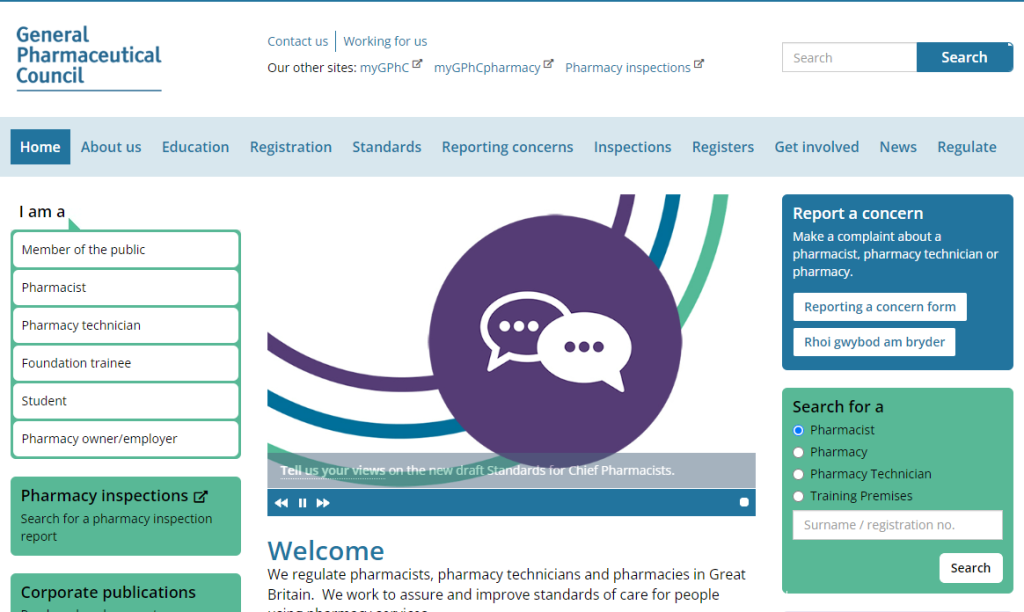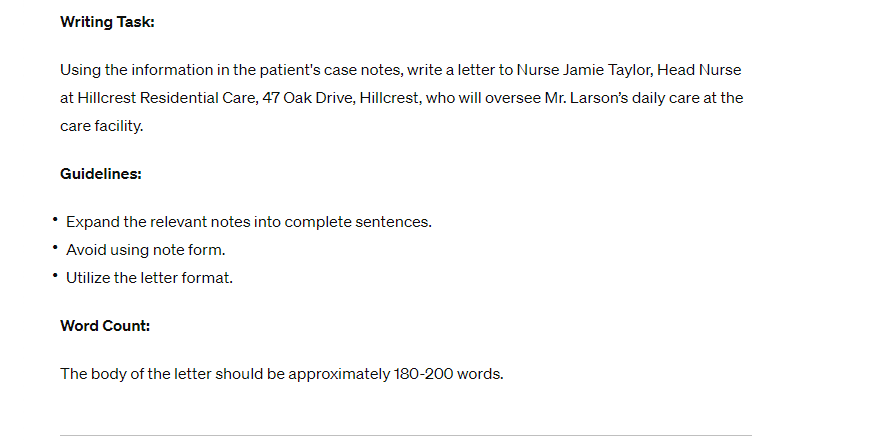The Occupational English Test (OET) is specifically designed for healthcare professionals to assess their language communication skills in a professional environment. The speaking sub-test is an integral component of OET, designed to appraise a candidate’s ability to communicate effectively in medical scenarios. Performing well in this section requires a blend of linguistic proficiency and professional conduct. Here are comprehensive tips to help you excel in the OET speaking sub-test.
Understand the Format:
Before diving into preparation, it’s critical to understand what the test entails. The speaking sub-test of OET involves two role-play exercises. Each role-play lasts about five minutes, where the test-taker, as a healthcare professional, interacts with an interlocutor acting as a patient or client. The scenarios are reflective of typical workplace situations that one might encounter in an English-speaking healthcare environment.
1. Familiarize Yourself with Various Scenarios:
Healthcare is unpredictable, and so is the OET speaking sub-test. You might be required to deliver bad news, provide instructions for a treatment, or counsel a patient on lifestyle changes. Familiarizing yourself with a wide range of clinical scenarios and role-plays can enhance your adaptability during the test.
2. Practice Active Listening:
The key to responding appropriately lies in understanding the patient’s (interlocutor’s) concerns. Listen actively to pick up on not just the words but also the sentiment behind them. This understanding will allow you to tailor your response effectively.
3. Enhance Your Communication Skills:
Effective communication is not just about accuracy but also about clarity and empathy. Practice speaking clearly, at a moderate pace, and in a manner that is easily understandable. Use medical terminologies judiciously – they should aid, not hinder, understanding.
4. Calibrate Your Language:
The language used in the speaking test should reflect real-life clinical communication. This means avoiding overly complex language and jargon when simpler alternatives will suffice. It also means being able to explain complex terms in layman’s language when needed.
5. Master the Art of Explanation and Persuasion:
Often, you’ll need to explain procedures, conditions, and treatment options. Practicing these explanations, and the persuasive language needed for encouraging patients to follow medical advice, is crucial.
6. Be Empathetic and Professional:
Your tone and manner can greatly influence the interaction. Even though it’s a test, treat the role-play with the seriousness of a real-life situation. Be empathetic and maintain professionalism at all times.
7. Manage Your Time Wisely:
Each role-play lasts for about five minutes, and you will be expected to cover all aspects of the scenario within this time. Practice timing your responses during preparation to ensure you can convey all necessary information without rushing or dragging the conversation.
8. Utilize the Preparation Time:
You will be given three minutes to prepare for each role-play. Use this time to plan how you will approach the scenario, anticipate potential questions or concerns, and organize your thoughts.
9. Get Feedback:
Practice with a peer or mentor and seek their feedback. They can provide insights into areas you may overlook, such as non-verbal cues or subtleties in tone that can change the meaning of your words.
10. Relax and Be Yourself:
Remember, the exam is testing your ability to communicate effectively, not perform. Take deep breaths, remain calm, and be your professional self. A relaxed demeanor can improve speech clarity and thought processes.
Conclusion:
Acing the OET speaking sub-test is achievable through meticulous preparation, understanding of the test format, and relentless practice. Remember, the goal is not just to showcase your command of the English language but to demonstrate that you can communicate effectively in a healthcare setting. With these tips in hand and a mindset focused on continuous improvement, you can approach the OET speaking sub-test with confidence and proficiency. Good luck!









Leave a Reply